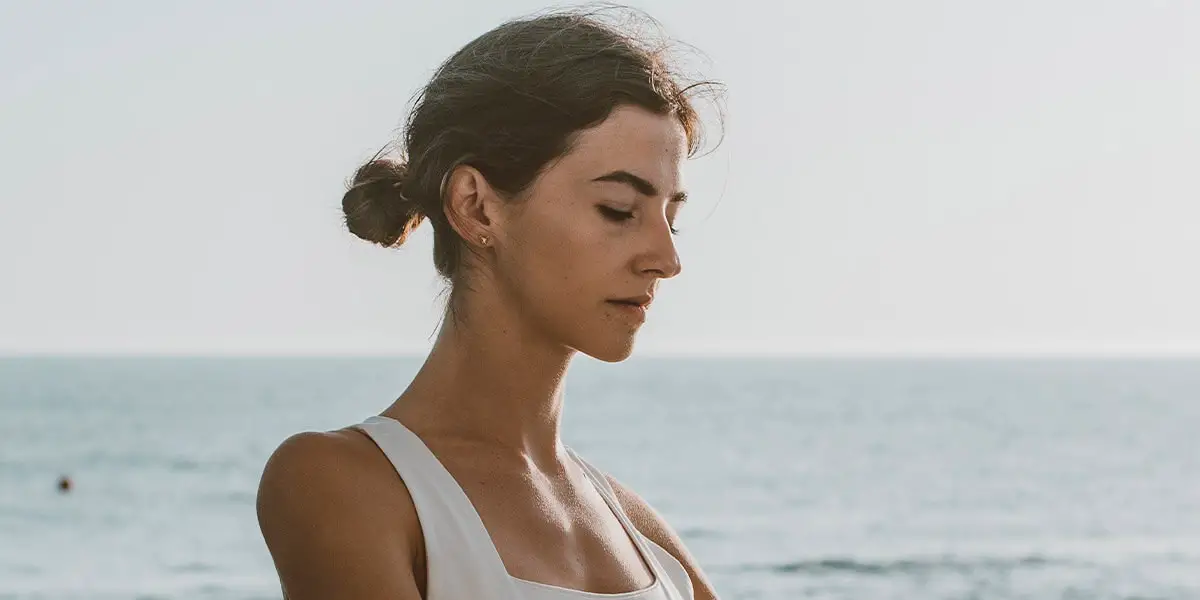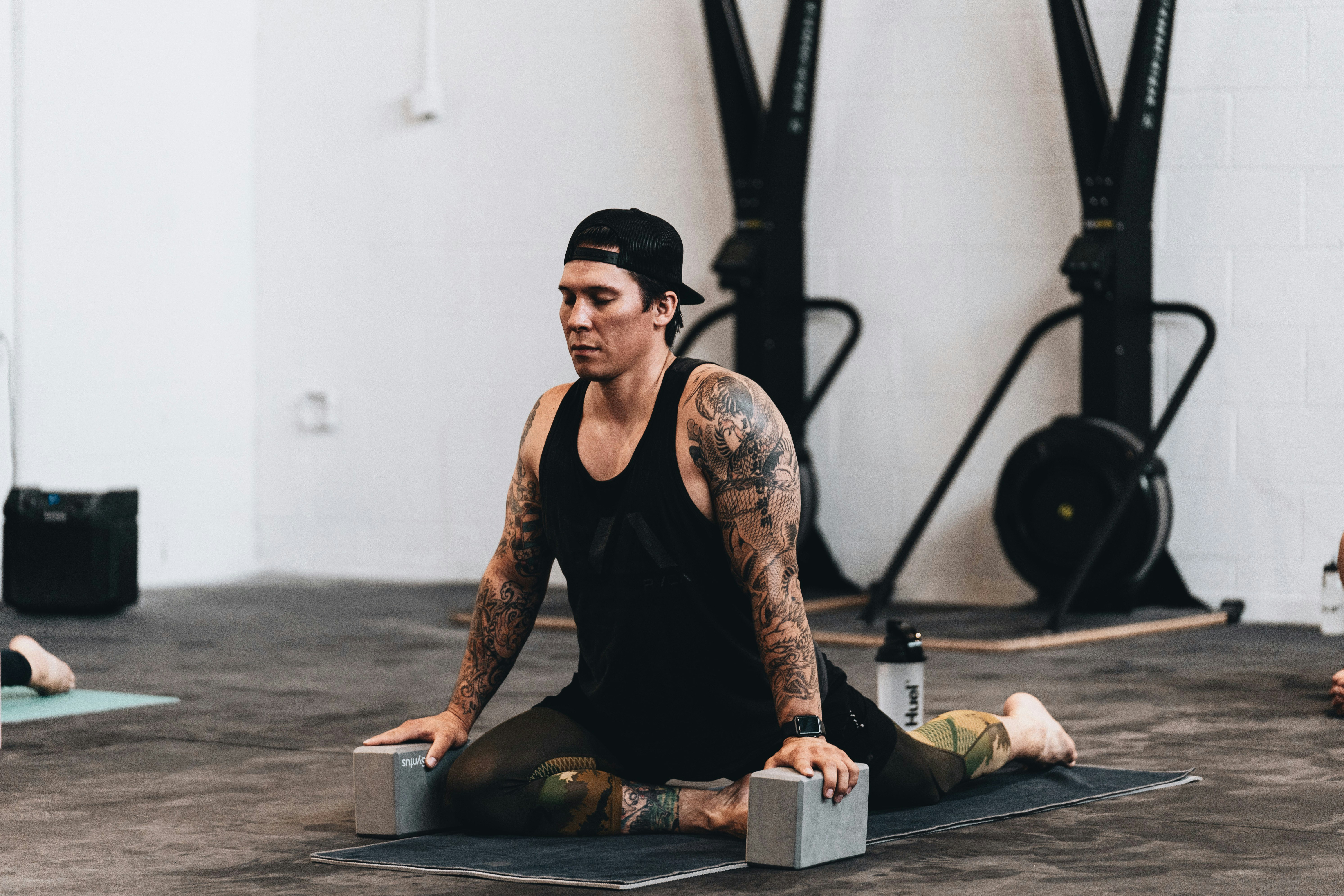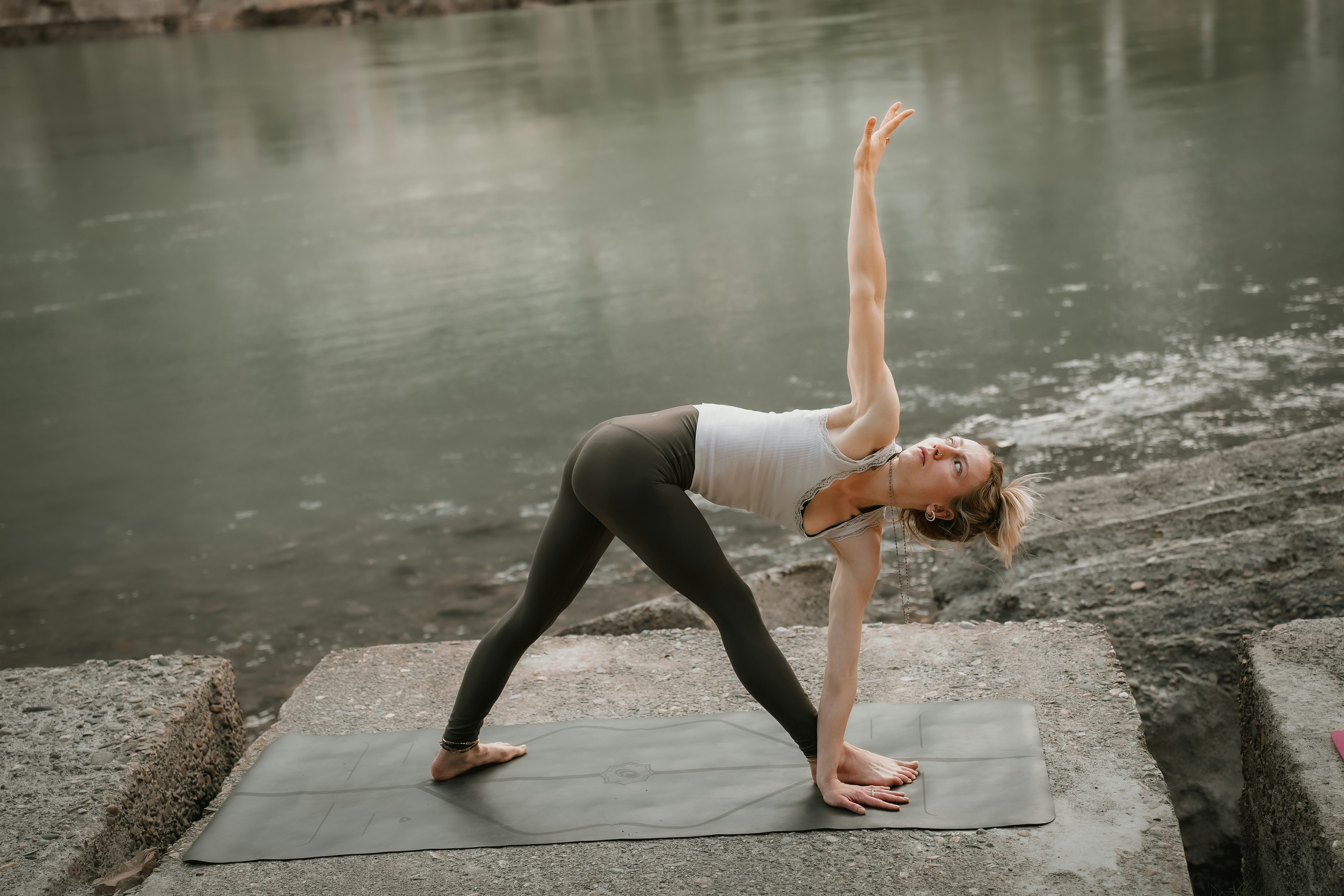Practice
The Difference Between Upward Dog and Cobra Pose

When I first started practicing yoga, one of the most confusing aspects was understanding the subtle differences between certain poses. Two poses that often seemed quite similar to me were upward dog and cobra pose. To an untrained eye, they might look almost the same. Both are backbends, both stretch the spine and chest, but as I soon learned, there are distinct variations between them that make each one unique. In this article, I’ll explore the key differences between upward dog and cobra pose, helping you understand how to incorporate both into your practice to maximize the benefits for your body.
The Basics: An Overview of the Poses
Before diving into the specifics of how upward dog and cobra differ, it’s helpful to have a basic understanding of both poses. Both upward dog and cobra are essential components of many yoga practices, particularly vinyasa flows. At their core, both poses aim to open the chest, lengthen the spine, and stretch the front body. However, the way they’re performed and the muscle groups they target vary significantly.
In the early stages of my practice, I often found myself blending these two poses together, assuming they were essentially interchangeable. Over time, as I refined my practice, I began to see how their differences can provide specific benefits to my body. Knowing the difference between upward dog and cobra pose helps me choose the right pose for the right moment in my practice.
Upward Dog: A Full Backbend
Upward dog, or Urdhva Mukha Svanasana, is a powerful and dynamic pose that requires both strength and flexibility. This pose is more active than cobra pose and involves lifting the body higher, engaging more muscle groups, and creating a more intense backbend. One of the main characteristics of upward dog is that it requires you to lift your thighs off the floor, using your arms and core to support your upper body.
I remember the first time I attempted upward dog—it felt intense and challenging, but also exhilarating. My chest and abdomen were lifted, my thighs were off the ground, and I could feel a deep stretch in my spine and shoulders. To get into upward dog, you start from a prone position on your belly, press your hands into the mat, and as you engage your core, lift your torso and thighs off the ground. This creates an elevated position where your chest is open, and your arms are fully extended. The posture requires active engagement of your core, shoulders, and arms, making it a great way to build strength in these areas.
Key Features of Upward Dog
In upward dog, the arms are straight, the chest is lifted, and the thighs are elevated off the floor, which requires both strength and flexibility. This pose engages the legs, especially the quadriceps, as they press down into the floor to help lift the torso. Additionally, the back muscles and shoulders are highly engaged as you extend your arms and lift your chest, creating a strong backbend.
The pose opens the chest and stretches the abdomen while strengthening the arms, core, and back. The deeper engagement of the arms and legs in upward dog creates a more dynamic backbend compared to cobra pose. For me, this makes upward dog a great pose for boosting energy and improving posture, especially after long periods of sitting or hunching forward.
Benefits of Upward Dog
- Strengthens the arms and shoulders: By pressing into the hands and lifting the body, you activate the muscles of the arms and shoulders.
- Opens the chest and lungs: Upward dog stretches the front body, helping to counteract the tightness that results from slouching.
- Increases spinal flexibility: The deep backbend helps to increase flexibility in the spine, which can alleviate tension in the back.
- Enhances core strength: The engagement of the core helps strengthen abdominal muscles while also improving stability.
Cobra Pose: A More Gentle Backbend
Cobra pose (Bhujangasana) is a gentler backbend compared to upward dog. The key difference between upward dog and cobra pose lies in the intensity of the backbend and the way the body is positioned. In cobra pose, the legs remain grounded, and the chest is lifted only a little, with no requirement to lift the thighs off the floor. Cobra is more focused on stretching and lengthening the spine in a less intense manner, making it a great pose for beginners or those looking for a more restorative stretch.
When I practice cobra pose, I focus on using my hands to gently lift my chest while keeping my elbows bent. The pressure comes from the hands and forearms, helping to stretch the spine and open the chest. Unlike upward dog, where the legs remain straight and the thighs are elevated, cobra keeps the lower body on the ground, creating a more relaxed backbend that focuses on flexibility rather than strength.
Key Features of Cobra Pose
The main feature of cobra pose is that the thighs remain on the floor while the chest and upper abdomen are gently lifted. In this pose, the hands are placed beneath the shoulders, and the elbows are bent, supporting the lift of the upper body. The focus of the pose is on opening the chest, stretching the spine, and engaging the muscles of the lower back.
In cobra, the engagement of the core and legs is less intense than in upward dog, and the arms provide more support. This makes cobra a great option for relieving tension in the back without putting too much strain on the muscles. I’ve found that it’s an excellent pose to use when I need to ease into more advanced backbends or to stretch my back after a workout.
Benefits of Cobra Pose
- Gentle backbend: Cobra pose is a great way to open the chest and stretch the spine without putting too much pressure on the body.
- Strengthens the lower back: It helps to activate and strengthen the muscles of the lower back while promoting flexibility.
- Opens the chest: Like upward dog, cobra pose helps open the chest and improve posture by stretching the front body.
- Improves spinal flexibility: Cobra is a wonderful pose for increasing the flexibility of the spine in a more controlled, less intense manner.
Comparing the Two Poses
Now that we’ve explored the specifics of each pose, it’s easier to see the differences between upward dog and cobra pose. The primary differences lie in the intensity of the backbend and the engagement of the body.
Leg Position and Engagement
In upward dog, the legs are lifted off the floor, and the thighs are engaged, which requires more core and leg strength. Cobra pose, on the other hand, keeps the thighs on the ground, making it less intense and more focused on the stretch rather than strength.
Arm Position and Strength
In upward dog, the arms are straight, which requires more engagement in the shoulders and arms. In cobra pose, the arms are bent, providing more support as the chest is gently lifted.
Backbend Intensity
Upward dog is a deeper backbend that requires more strength and flexibility, making it more challenging than cobra pose. Cobra is a gentler backbend that is often used as a preparation or recovery pose.
Which Pose Is Right for You?
Understanding the difference between upward dog and cobra pose can help you decide which one to incorporate into your practice depending on your goals. If you’re looking for a deeper backbend that engages the entire body and builds strength, upward dog is a great choice. On the other hand, if you’re seeking a more gentle backbend that stretches the spine and chest while offering support, cobra pose might be more suitable.
Both poses offer valuable benefits for your yoga practice, and knowing when to use each one can help you maintain a balanced and effective routine. Whether you’re looking to strengthen your body, improve flexibility, or simply relax, both upward dog and cobra pose are important tools to incorporate into your practice. I encourage you to experiment with both and see how each feels in your body, helping you decide which one works best for you at any given moment.










